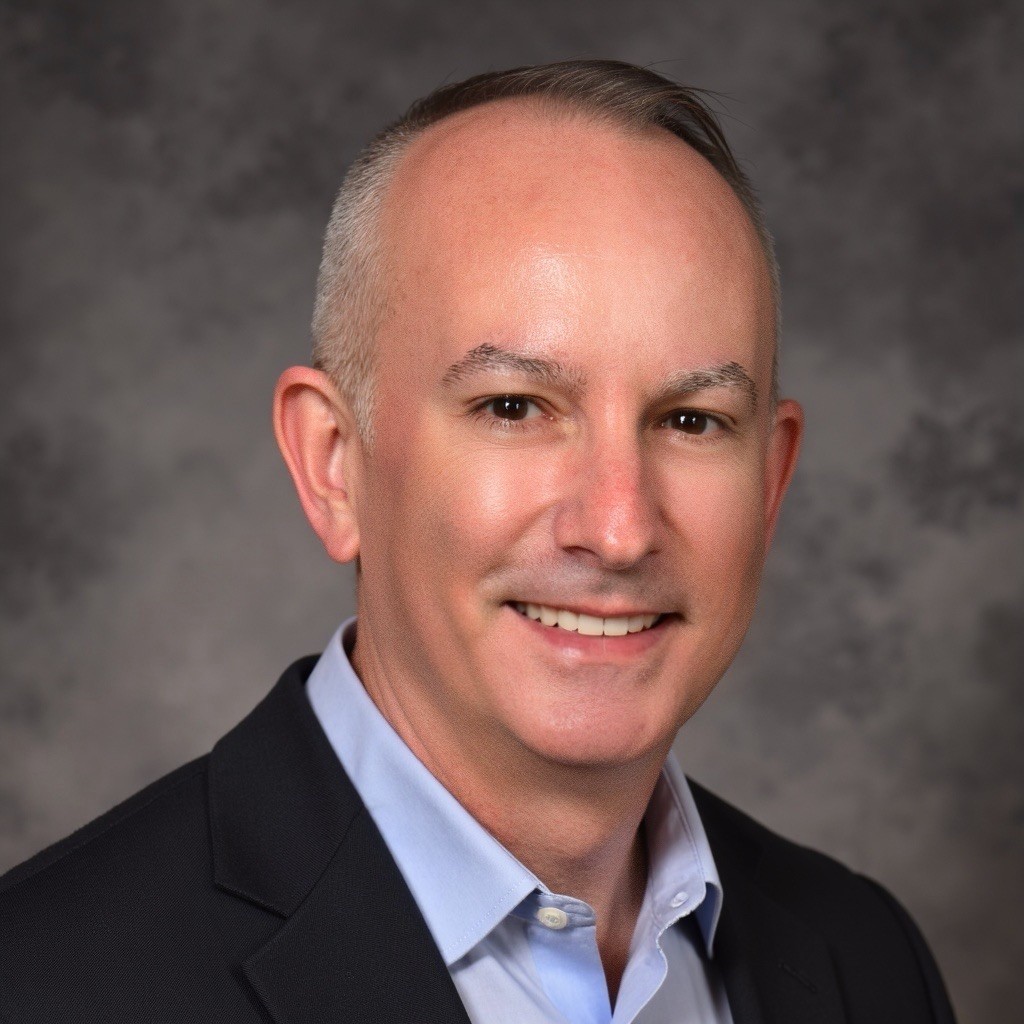QHSE Focus Magazine - March 2013
By: Shawn M. Galloway
Printable Version
I recently returned from delivering the introductory keynote speech at the first ever International Safety Conference in the country of Azerbaijan, and I'm feeling confident the global views of safety are evolving. Following established government Environmental, Health and Safety (EHS) regulations and even safety requirements of customers are now being viewed as the minimal necessary, rather than the final destination. A healthy, new debate is emerging. What is the goal in safety?
Many organizations set their goal as a reduction amount, such as 20 percent improvement year over year. Others express their goal as ensuring employees leave their jobs at the end of their work day injury-free or "zero injuries". More and more businesses are recognizing the employee is often more exposed to risk outside of the workplace and have evolved the goal to the employees also returning to work injury-free. But if we achieve a day, month or year injury-free, have we truly reached our goal? Moreover, were we safe or just luckier this year?
Should you perform an online search for, "the goal of safety", at the time of this writing, 760,000 responses will be presented with many differing views. In one article a safety consultant writes, "Having zero incidents is the ultimate goal of safety." I strongly disagree. Incidents are failures in the established EHS management systems. It is doubtful that the systems were created to expect defects. When an incident occurs, someone has found a flaw in the system. Is the ultimate goal truly to only have no failures?
This thinking is equivalent to sending a team out to the field on game day with the singular directive to not make a mistake. Furthermore, as long as they do not make an error, they will reach the ultimate goal. Aside from the demotivated culture you create: work hard to fail less, this goal actually encourages risk-taking. If no injuries equal safe or safety excellence, it is logical for the workforce to develop a dangerous perception, rationalized as, "Anything that I do that does not result in an injury must be safe or what the company wants!"
This "everything must be fine because we have no failures" thinking is just as dangerous as self-determining your state of health simply by not having any recognizable diseases. Is the ultimate goal of safety the absence of incidents or injuries? No! Similarly, health is not the absence of visible disease.
Simple and wise, author Marty Rubin once wrote, "When the meaning is unclear, there is no meaning." In establishing or improving existing transformative goals, it is vital that the leader begins their path not by looking for the next improvement opportunity but instead, with the clarity in what safe, safety, at-risk and safety excellence mean. Without clarity, efforts will be disjointed, misaligned, minimally supported and potentially demotivating.
To assist in creating this clarity, answer independently, and then with input from others, the following questions:
1. What does safe mean?
2. How would you define safety?
3. What is acceptable and necessary risk?
4. What is unacceptable and unnecessary risk?
5. What would you see and hear if "zero incidents" was achieved?
6. What is safety excellence?
Safety must be defined and measured by what we collectively do to reduce risk exposure and by what you want, rather than only by outcomes or undesirables. Organizations that believe they have achieved excellence in safety performance and culture because they have not experienced failures are often the same ones surprised by a major catastrophe or even series of unfortunate events. We should not allow ourselves to narrowly define safety excellence by what we know as excellent practices, measurements and cultures of today. For what is perceived as great in safety now will later be looked at in similar appalling manner as how we look at practices of just twenty years ago.
I have personally dedicated my life to a single, yet recognizably complex mission: to continuously challenge and evolve the global thinking around safety excellence. I am fortunate that the passion for my work has attracted many of the best in safety in every major industry. With every engagement, even my own thinking expands and prompts me to question what I believed about safety excellence when I awoke in the morning. When we believe we know all there is about any subject, we not only do an injustice to ourselves, but also to those we impact with the goals we establish and the language we use to achieve them.

Shawn M. Galloway is the CEO of ProAct Safety and an advisor to leading organizations across all major industries. With over twenty years of experience in safety systems, strategy, culture, leadership, and employee engagement, he is a trusted advisor, keynote speaker, and expert witness.
He is the author of several bestselling books and has multiple regular columns in leading magazines, with over 400 articles and 100 videos to his credit. He also created the first safety podcast, Safety Culture Excellence, with over 800 episodes. Shawn has received numerous prestigious accolades and has been featured in Power 101 Leaders of the EHS World, Top 50 People Who Most Influenced EHS, Top 40 Rising Stars, Top 11 Health and Safety Influencers, and Top 10 Speakers.
He serves on the Harvard Business Review Advisory Council and the Fast Company Executive Board. He has appeared as a guest on Bloomberg, Fox News, The Daily Mail, Dubai One, U.S. News & World Report, Sirius Business Radio, Wharton Business Daily, and leading safety magazines and podcasts, reinforcing his status as an authority in the field of safety excellence.
For more information, call +1.936.273.8700 or email info@ProActSafety.com.
